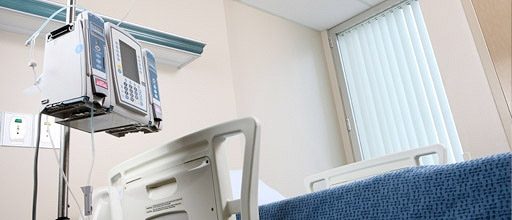
The cost of treating end-stage kidney disease to rise significantly over the next decade
The cost of treating end-stage kidney disease from 2009 to 2020 is estimated to be around $12 billion according to a new report launched today.
The report by Kidney Health Australia and the George Institute for Global Health, "The Economic Impact of End-Stage Kidney Disease in Australia‟, reveals the incidence of kidney disease is growing at a serious rate, projected to increase by more than 54% to 2020.
In 2008, providing dialysis and transplant services to 17,578 Australians cost the health system more than $800 million. In 2020, more than 30,000 Australians will require treatment.
Population ageing and growing rates of diabetes and obesity are likely drivers of this increasing demand for dialysis and kidney transplantation.
The report‟s findings have prompted Kidney Health Australia to call on the State and Territory Governments to improve access to home-based dialysis for patients.
Launched today by the Minister for Indigenous Health, the Hon Warren Snowdon MP, the report estimates that increasing the use of home dialysis over the next 10 years would lead to estimated net savings of between $378 and $430 million for the health system. The report found that the annual costs per person for home dialysis is $49,137 compared to $79,072 for hospital dialysis.
The CEO of Kidney Health Australia, Anne Wilson, said home dialysis avoids some of the psychosocial, financial and vocational pressures for patients and their families that are associated with less flexible treatment schedules and repeated travel to and from dialysis units.
"Increasing access to home-based dialysis will not only lead to huge savings for our health system, it will also significantly improve the lives of many Australians. Yet despite these alarming costs, there has been limited expansion of home dialysis largely due to a lack of resources and facilities for home-based dialysis training."
Ms Wilson said the condition needs to receive more attention from government because of the incidence of kidney disease and the impact it has on both the health system and the individual.
"The cost of providing dialysis and transplant services to the health system this year alone is $1 billion, and this cost will continue to rise substantially over the next decade," she said.
Professor Alan Cass, the Senior Director of the Renal & Metabolic Division at the George Institute for Global Health, agrees that the projected growth in the burden of end-stage kidney disease requires a comprehensive national response.
"By 2020, we will have 30,000 Australians requiring dialysis or a kidney transplant to stay alive, with significant impact on patients, their families and health services," Professor Cass said.
"Chronic disease prevention, early identification and best-practice management are essential if we hope to slow the growth of kidney disease."
"We should develop strategies to overcome the financial and structural barriers affecting the ability to shift dialysis treatment from the hospital sector to the community sector. This would reduce health expenditure and, with appropriate support services in place, mitigate the devastating impact of severe kidney disease on patients and their families."
The report, 'The Economic Impact of End-Stage Kidney Disease in Australia’, was commissioned by Kidney Health Australia, conducted by the George Institute for Global Health. It was funded by an unrestricted educational grant from Roche Australia.
Read the Executive Summary

